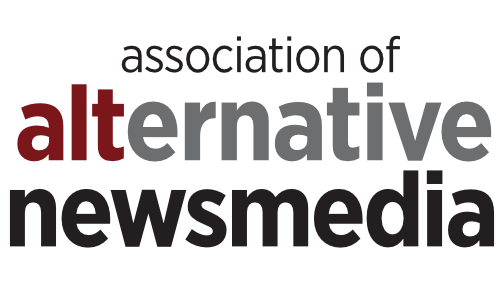Winter storms were no match for the first day of the AAN Digital Conference, which defied closures and delays at airports across the country in true alt-scrappy-style.
The half-day of programming offered a taste of what’s to come in the next two days.
The AAN Start-Up Showcase gave digital entrepreneurs an opportunity to strut their stuff:
- Dave Cohn showed how Circa encourages publishers to “think outside the article” and convey information in alternative mediums.
- Lindsay Watt explained how Placeling utilizes location data to help publishers monteize events, sponsores guides, and venue sponsorships.
- ProConIt described how it can weed out spam from comment threads and encrourage engagement, while offering publishers an opportunity to monetize commenters.
- Anton Gelman gave a live-demo of the AltWeeklies Cont3nt Exchange, the free AAN service which acts as an “eBay for breaking news,” allowing AAN members to buy video and photography of breaking news events while also offering a platform for members to monetize their content by selling it to global news outlets.
- Kat Topaz showed how StoryCode creates multi-dimensional mobile apps to build a stronger connecton with your audience.
“Most of the smartest news startups we cover design for the tablet first,” said 7×7 founding editor David Weir, the veteran journalist who now covers some of Silicon Valley’s hottest new tech companies. “All those futuristic sounding geo-targeted capabilities we’ve been hearing about for years, it’s here, we’re at that moment now.”
Joining Weir in the Tablet Universe session was Erik Lundberg of W3i, who reminded attendees that the web and tablet call for different monetization strategies.
“Show mobile ad users ads from a mobile network,” he implored, while reiterating the geo-targeting opportunities for publishers – for both editorial content as well as ads – which are now available with mobile/tablet devices.
There’s also untapped value in reader demographics. Since many alt-weeklies already collect user emails for newsletters and other promotions, it’s worth asking for (optional) demographic info when people sign up. Lundberg cited a dramatic increase in response rate – 200 to 1000 percent! – with demographically targeted ads
Echoing this sentiment was Tina Barnes (Barnes Consulting), who explained that alt-weeklies, which occupy a community niche industry, offer a unique value to advertisers.
“Mobile is the first truly personal mass media,” said Barnes. Illustrating her point, she asked the audience how uncomfortable they would be if they had to hand their mobile device to the person sitting next to them. (Spoiler: VERY uncomfortable)
This sense of identity plays right into the strength of alt-weeklies, which have already established themselves as trusted brands with a distinctive point of view.
And to advertisers who swear off print, Barnes countered: “Print isn’t dead. It’s changing, and we’re changing with it.”








